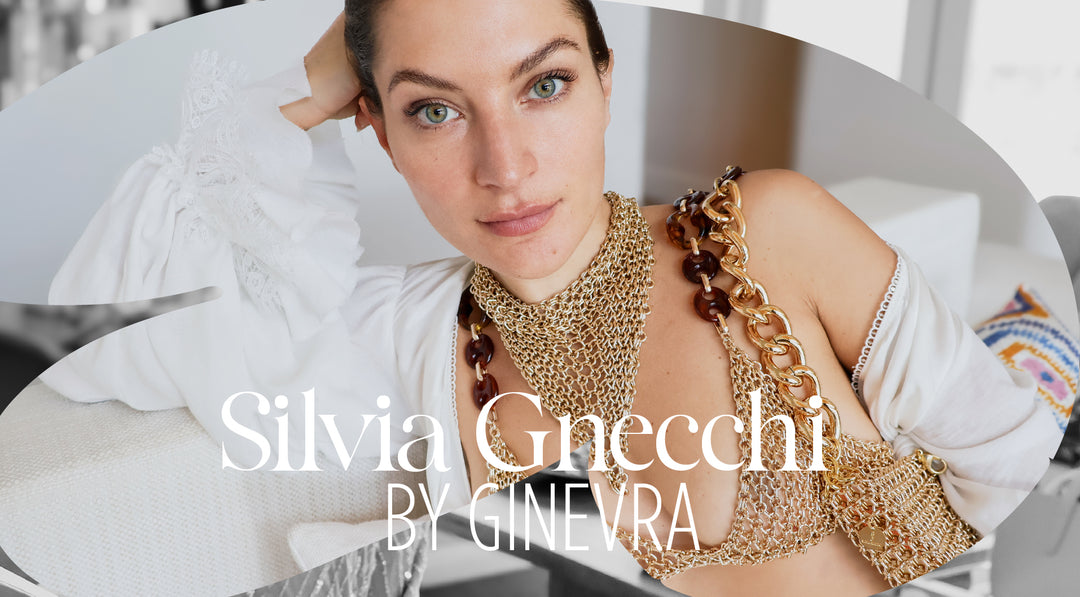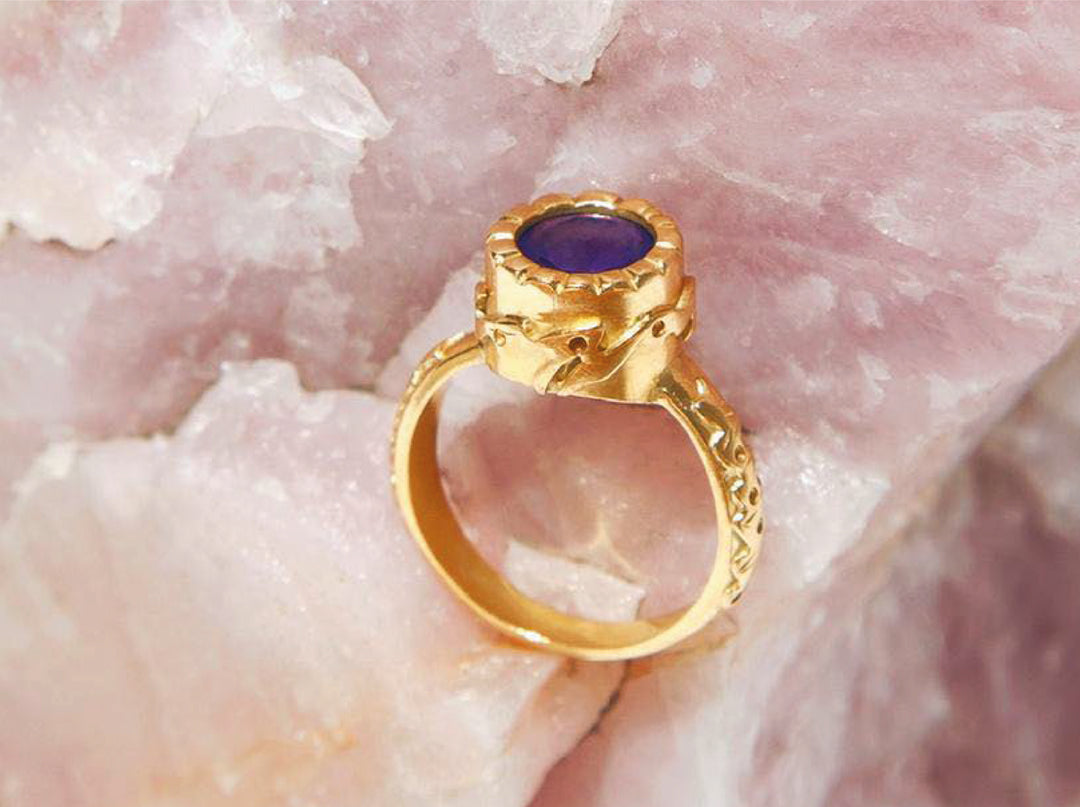A Journey into the World of Mariel Manuel
In an intimate conversation with Mariel Manuel, the Swiss/American artist and fashion designer shares insights into her creative universe, from her early inspirations to the ethos driving her brand. Born in Morges, Switzerland, in 1987, Mariel's journey through fashion is one of passion, dedication, and a profound commitment to storytelling and sustainability
What sparked your initial love for fashion? Was there a defining moment or person?
I guess I would say my mom. I was always sewing with her, from a young age. I always wanted to be a seamstress, I loved sewing in my room, in my little world. Then one day, she said, maybe you should be a "styliste" (in french) and not a seamstress. I didn't understand the word, but since then, when people asked me what I wanted to do, I replied looking at my mom for her approval of "styliste".
I used to take piles and piles of National Geographic and later Vogue France from the hairdresser opposite our house and used to devour and clip out the pages to make my own magazine.
Who were your early fashion inspirations?
I've always loved and admired the work of Hussein Chalayan and Dries Van Noten. Mostly, because I think both these designers tell stories that go beyond the garment; you can really feel a place, you can feel an environment. I remember being so stimulated when I saw Chalayan's airplane dress, also because my dad was a pilot, and I always loved building machines with him, thinking of engineered systems and crazy inventions. I discovered a language that went beyond clothing; I discovered fashion could tell stories that go beyond the body.

Tell us about your journey into the world of fashion.
I guess if I hadn't landed an internship at Balenciaga back in 2010, I would be making costumes or so, or I wouldn't know where I'd be. I wouldn't consider myself the typical fashion person, I was more shy, but I had stars in my eyes, like crazy stars. Studying in the Royal Academy of Fine Arts in Antwerp, you felt quite far from the fashion brands in Paris or elsewhere. I felt it was not necessarily a world I absolutely wanted to integrate. But I did, and it was the best experience I ever had, as hard and formative it was.
What did you learn in your formative years in the industry, either through education or hands-on experience?
Everything felt like a bootcamp. From Antwerp to the internship at Balenciaga and then the junior and senior design position at Paco Rabanne. I am lucky to have worked under Nicolas Ghesquière as he really shaped my understanding of what the term "vision" means. The precision, the exigence, everything was made in such a thorough way, under great pressure. We all worked to materialize his vision and I was lucky to research some of the most experimental show pieces. Then also comes the pitfalls of working long hours, under constant pressure, something you kind of take from your education, into your profession, until you crack...

What materials sing to your soul? Are there fabrics or textures you always gravitate towards?
Any material can sing to my soul if I work with clients, as this is the core of what I do, they come up with a constraint or something they need me to use. I like to think my trick is to find applications to any material. That's why I love to hunt and find fabrics. I believe the magic is not necessarily the textile itself, but the hunt makes the magic, hence, the magic holds the story and adds value and so on. I travel a lot across India, and sometimes they hang their old cotton rags they use to mop the floor. They are beautifully loose handwoven rags.
I use a lot of fine silk because it can embellish your body while being very lightweight, and I also love to work with kala cotton, a beautiful indigenous crop of cotton that requires no more than rain and no pesticides to grow. It's super breathable and I believe is pure luxury.
What kind of stories do you weave through your designs?
The narrative I want to weave is making clothes that people can wear. Working for more than 10 years in fashion houses, the many fashion shows I have worked on, it's always been about very complicated pieces that are impossible to make, but have maximum wow effect on a catwalk. That's the gap I'm trying to deviate from, because I like to consider myself as a designer not to show off, but to be of service to. I'm slowly dipping my toes into a lifestyle brand with my own project. I try to be as close to the human as possible, making pieces that one can make their own, something that doesn't conceal the identity, but reveals their authenticity. Always with some poetry, with some subtle way, more shy, more delicate. I'm still working on that balance. I want to make something that you would like to have, not that I'm trying to put on your back.

Who do you have in mind when you're designing?
My ideal muse is a woman or a man who is a freethinker, who has seen the world and understands the stakes, leads his or her own life making one's own choices. Someone who will find, like in Big Bang, something special that will enrich their journey. I like curious customers, who are open enough to discover something away from the masses. Small, independent brands, that's where, I believe, the exciting vision is.
What societal or environmental issues, if any, do you address through your work?
I have a motto: I believe I can always find beauty in everything; you just need to make it a story. Back in 2017, after I took a break from the intense fashion industry in Paris, I collected stuff I found on the ground, mostly nets from the vegetable vendors at local markets. I also collected old fishing nets, ropes, and all kinds of wrapping papers. This is a project and collection I am always working on. It's more of an art project really, but I like to make garments with poor materials and give something forgotten a new life because you see something someone else would see as rubbish. For me, that's the way I address this overconsumption of fashion as we know it. You don't need much more glamour, many more pieces of clothing. If you can find one forgotten treasure and bring it to life, that, for me, is a success against the overproduction and hysteria of the world we live in.
Where do you see your design journey taking you in the next few years? Any specific goals or dreams?
I will continue developing my brand, as organically as I started it, and grow as authentically as I can, but definitely grow. I started working with artisans in India in 2017, and it's been an amazing journey of discovery. I definitely will continue with craft explorations and stories from around the world.






